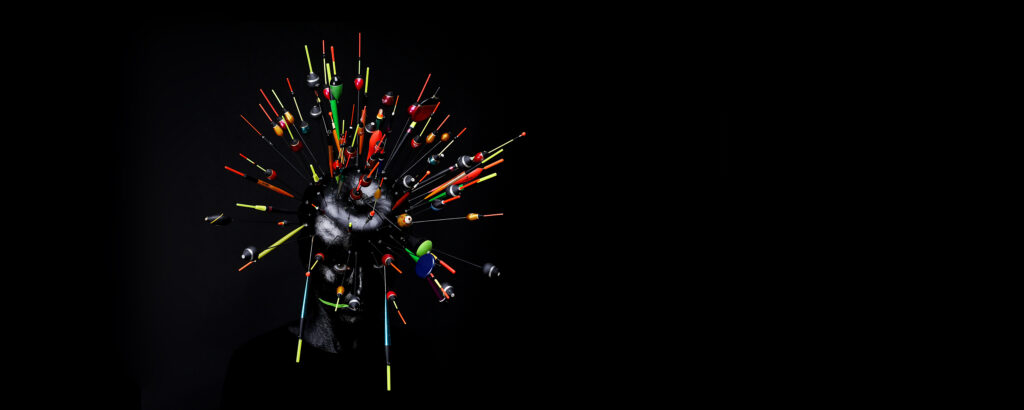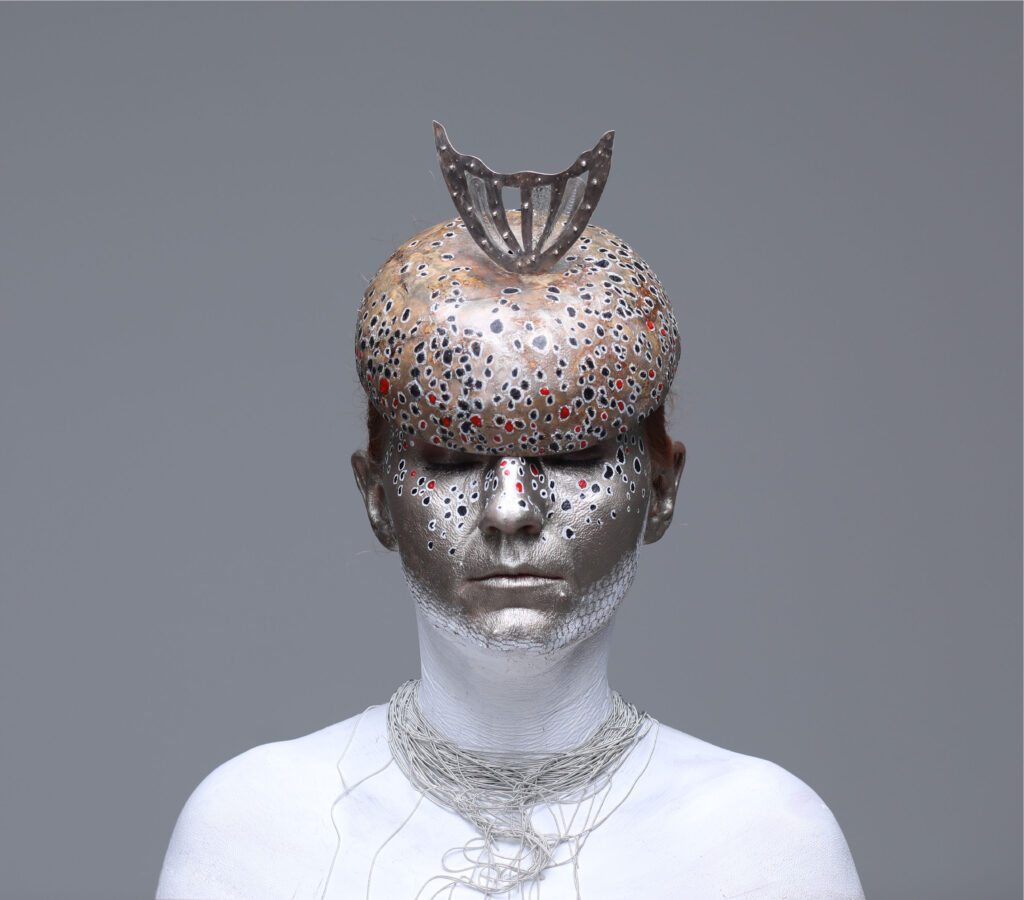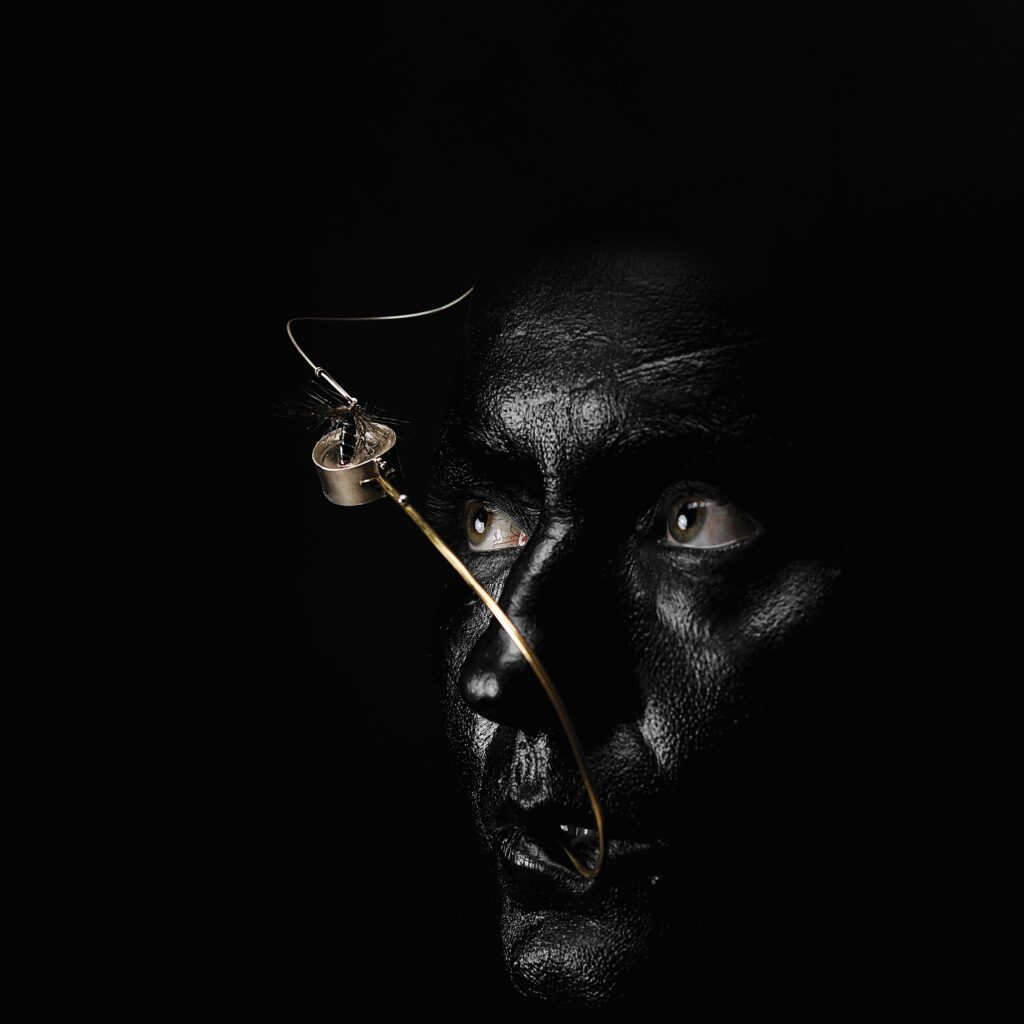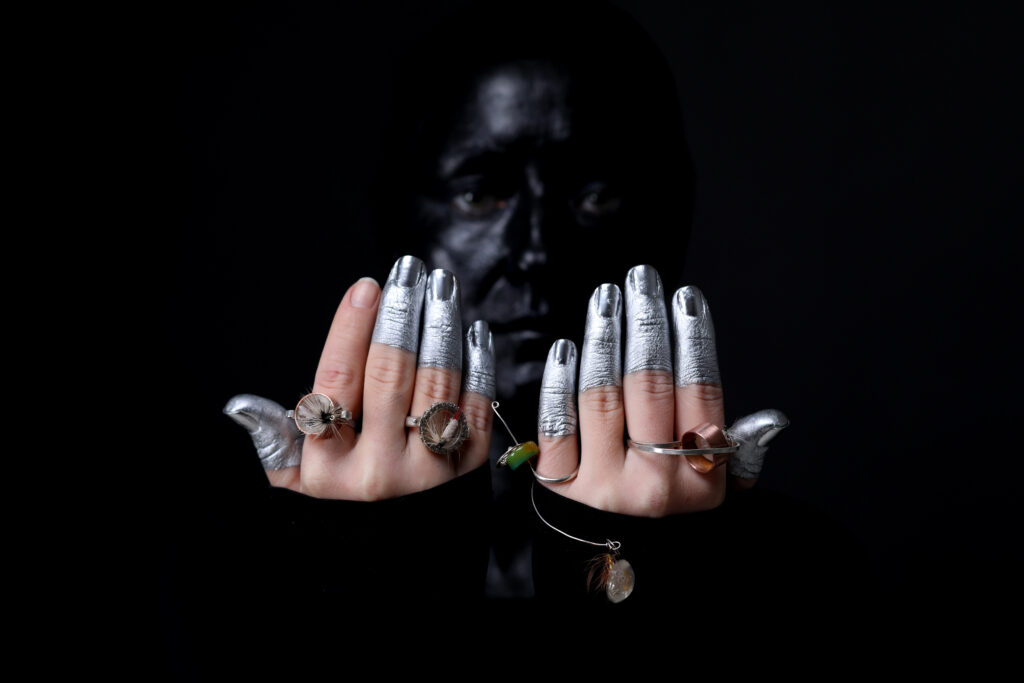



The wisdom of fire, wire and water
Filigree as an artefact is related to the cultivation of silver as a material and fire as a necessary tool in the process of creating the final product of art piece.
The path to the silver wire first comes from the earth, as ore. Silver and its properties inspired man to leave a legacy and traces of silver jewellery and tools that testify to the processes, techniques and rituals that possessed the objects themselves.
Through the filigree network and the touch of silver threads, we can recognise the mediation between the past and the present as a moment of understanding itself.
The filigree itself contains an ethnographic and folkloristic interpretation which, as an inventory, illuminates the complexity, layering, value, as well as the importance of adorning certain parts of the body, once and today.
When it comes to the filigree’s essence, self-possession or self-knowledge and openness to other worlds are integrally related, just as developing self-knowledge depends, in large part, on the willingness to understand the other.
Its task is to enable thought fragments, symbols and create the filigree art, as a new game of harmony between things that seem impossible to connect. In the rare moments when the observer understands/recognises the filigree work in its inner unity, something general is suddenly present, something that seems like self-reflection.
Furthermore, regarding its structure, the filigree web is a world of inseparable parts, united by fire, the mastery of which lies in the balance and holding of the parts to each other, in order to last, not to melt. The presence of air is an added element that also acts on the silver, that is, the sediment knowledge of the filigree is mirrored through its patina (oxidation) on the silver. It contains the memory of the time when it was created, who made it, to whom it belonged…
Culture, as a way of life, represents an attempt to include the meaning of existence, the world of objects and the everyday practices that produce material life, thus offering us models for complex evaluation.
As Friedrich Nietzsche said: “For every man there exists a bait which he cannot resist swallowing.”
We can also ask the questions about our temptations, for example, are we still natural or are we becoming artificial?
With imitation, do we draw from nature and thereby convey the message of its protection,
or is it another way to destroy it?
Are we lured by the ‘bait’ itself or by the sensation of the bait ‘biting’?
Marija Miloshevska


